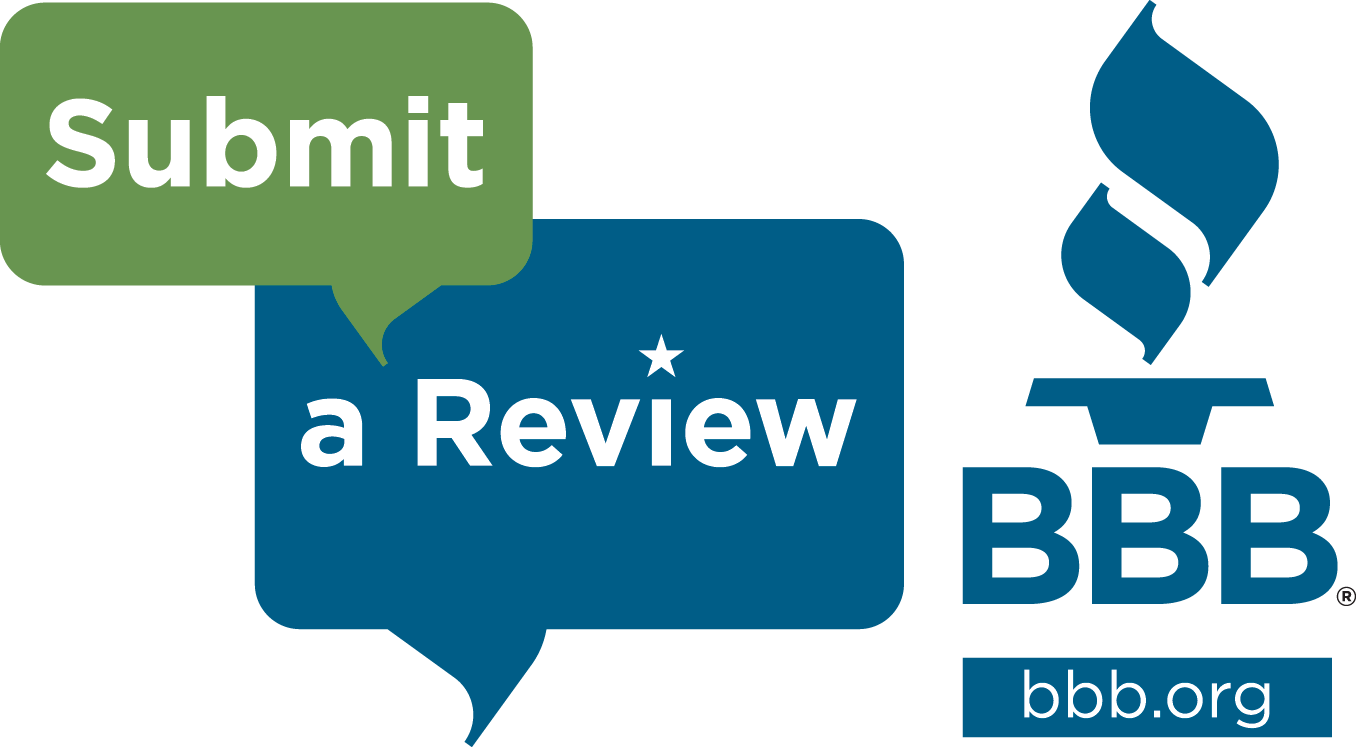10 Mortgage Terms You Should Know
If you’re thinking about purchasing a home, here are 10 mortgage terms you should know before you start mortgage shopping. There are a lot of acronyms and abbreviations used in the mortgage industry, and it can be confusing if you don’t understand what they mean. Familiarize yourself with these terms so you’ll be prepared when you start the mortgage process.
GFE
A GFE, or good faith estimate, is a document that the lender is required to give a prospective borrower when they apply for a loan. The GFE is an estimate of all closing costs and fees required for the proposed mortgage loan.
HUD-1
When the mortgage officially closes, lenders are required to state the actual costs of the loan on a HUD-1 form. (HUD is an acronym for the Department of Housing and Urban Development.) The HUD-1 should track with the GFE, but it can also include other costs, such as a broker’s commission, which might not have been included in the original estimate.
DTI
A debt-to-income ratio, or DTI, is how a lender determines how much a borrower can afford to pay every month. By dividing the borrower’s monthly liabilities by monthly income before taxes, the lender arrives at a percentage. To qualify for the mortgage, borrowers usually need to fall below certain thresholds.
LTV
Loan-to-Value. LTV is a ratio used by the lender that divides the amount of money borrowed by the appraised value of the home expressed as a percentage. For example, a borrower may purchase a home appraised at $200,000 with a down payment of $40,000. This means he has a loan-to-value ratio of 80%.
RESPA
The Real Estate Settlement Procedures Act requires lenders to provide borrowers with a GFE within three days of applying for a loan as well as the HUD-1 at or before closing.
TILA
TILA, or Act Truth in Lending Act, requires lenders to provide borrowers with clear terms and costs of a loan.
PMI
Private Mortgage Insurance. If you put down less than 20% most lenders or banks require you to have private mortgage insurance. This can be put into your monthly mortgage payment or calculated into your rate.
ARM
Adjustable-rate mortgages, or ARMs, differ from fixed-rate mortgages in that the interest rate and monthly payment move up and down as market interest rates fluctuate.
HELOC
A home equity line of credit, or HELOC, allows homeowners to borrow cash against home equity. Unlike a second mortgage, borrowers can take what they need (up to the limit) and return for additional funds. The credit limit is often determined by the loan-to-value ratio. Often a HELOC will have a variable rate.
PITI
Principle, Interest, Taxes and Insurance. These are the four main components of your monthly mortgage payment. Principal is the loan amount. Interest is the rate at which the finance charge you pay for borrowing is calculated. Taxes are the real estate taxes for which you are responsible, and insurance is the homeowners insurance that your lender requires you to have.














